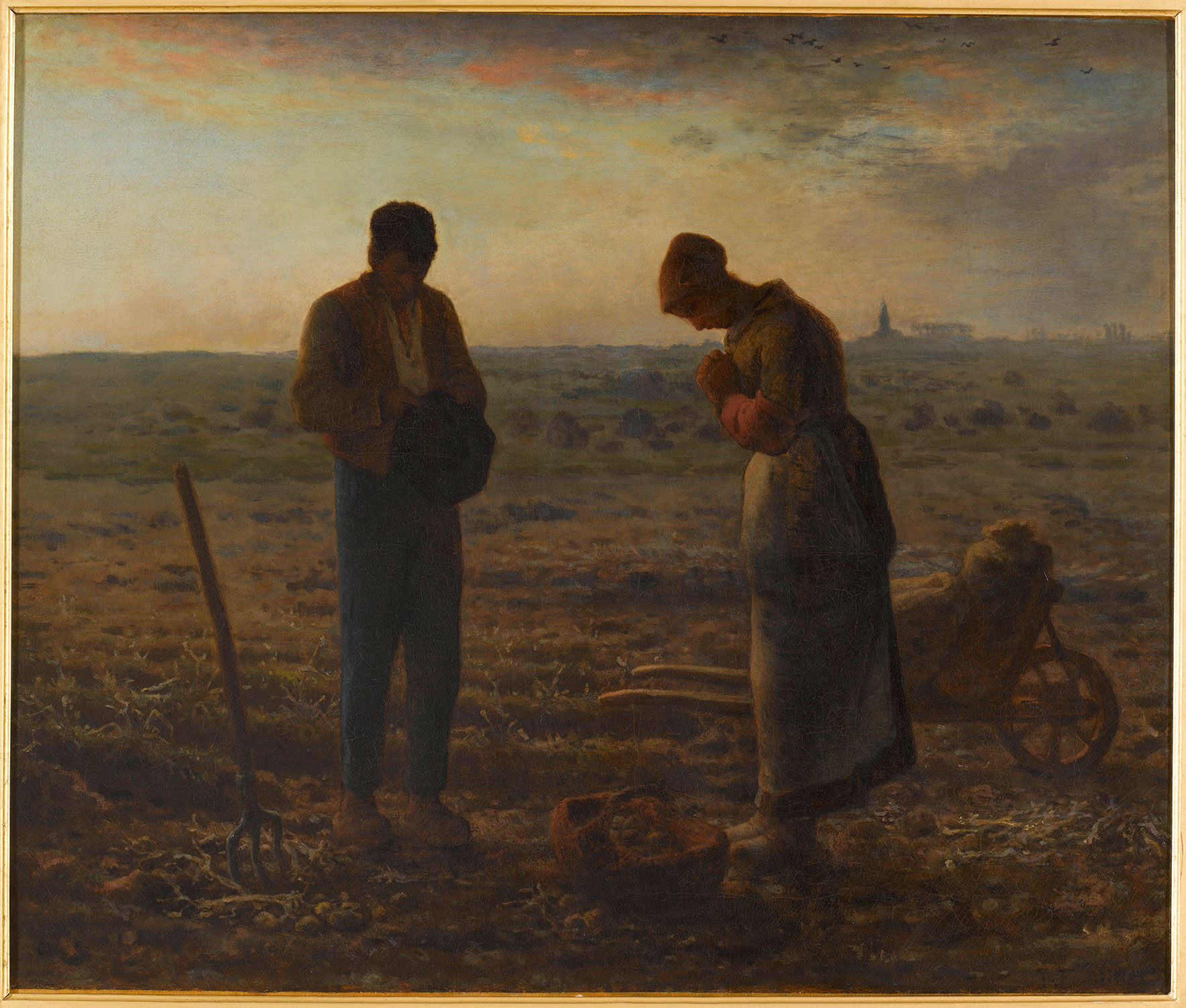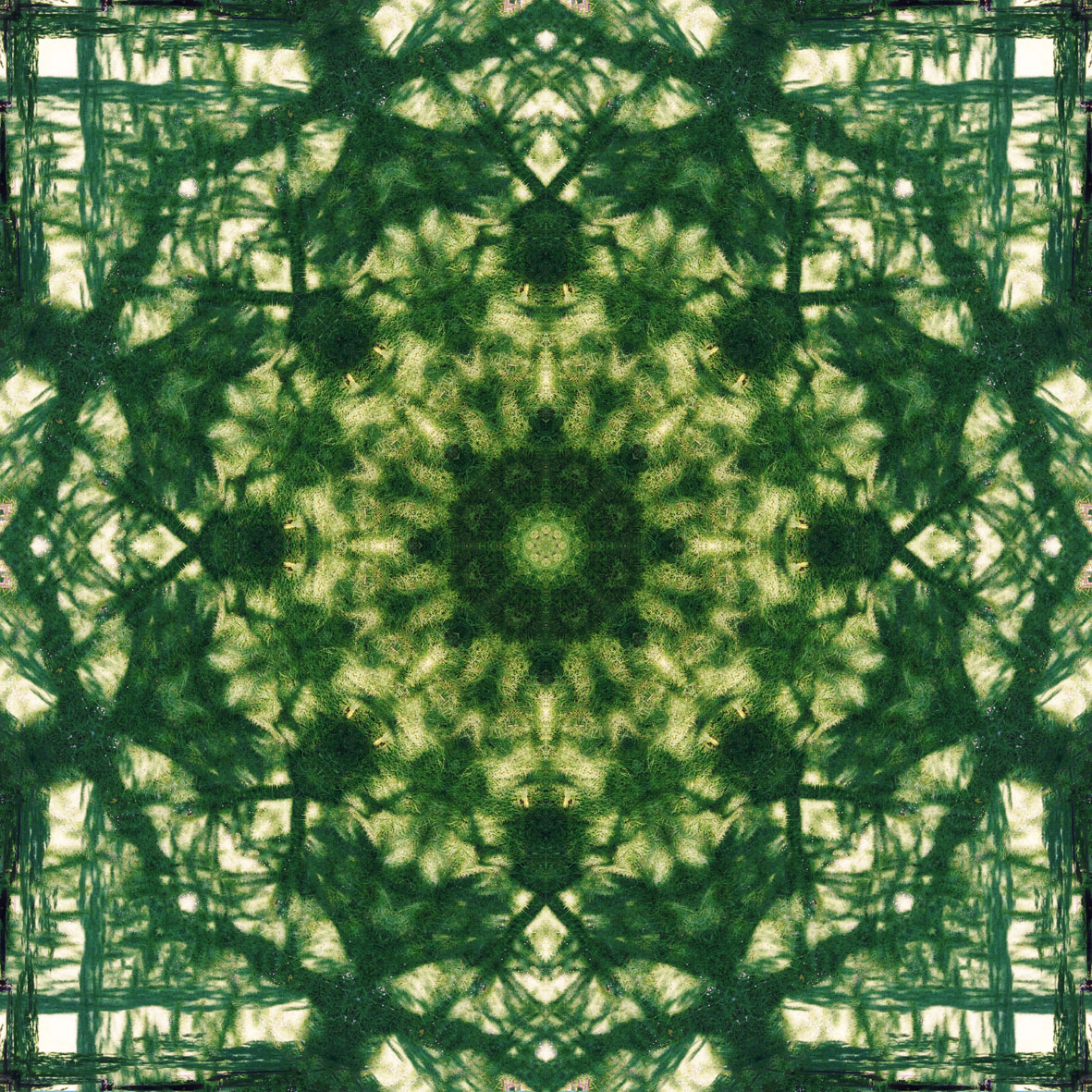On holiday in France this year, I am staying with my family in an old 3-storied house in the Loire. It is full of beams, right next door to a church. The village is quiet, the houses silent, the shop fronts closed. The summer air hangs over the place, people aren’t around.
But the bells. The bells ring out on the hour and every quarter between 7am and 8pm. And, quite differently, ring out the Angelus at 7am, 12pm, and 7pm. It is rhapsodic, an astonishing compound, reverberating sound like Millet’s liquid light spreading over the furrows. I must have heard this call before, I must have been near bells when they’re rung, but somehow this feels new, magnifying, overwhelming. And this was the angel come to Mary, the angel touching earth with providence and grace and blessing. It connects the touch of God with the ripple effect into human lives and souls, and I truly felt it. As if the church tower were a lightning rod. It was specifically the swinging pendulum in the rocking bell, its ratcheted momentum releasing a pealing, repeat, and reflection on downswing and upswing, and caught irregularly at the pitch of both. Not the sharp hard sound of a striking hammer marking the triple invocations ‘Hail Mary’.
I hear and see this in Millet’s painting. The two figures who have stopped to pray mark the moment (that’s where the villagers are!). The reverence is not token, is of a piece with the land, the soil, the light, the church – and it is all held together in sound. But it is also embodied differently, felt differently, seen differently. The man is nearly full frontal to us, and bears the facing directionality with our frame, our personhood. The woman is in profile, and faces the sun, her frame is her creaturehood in the landscape. He has the vertical, darkly-outlined thrust of the fork; she has the horizontal, illuminated load of the barrow. This reminds me of last month’s reach for a description of difference. For now, it’s enough to perceive a complementarity, if not harmony, pervaded by a context of sunshine and prayerfulness.
Header image: The Angelus, 1857-59, Jean-François Millet.



